Swiss workplace inequality, by the numbers

Work, politics, wages: the differences between women and men in Switzerland are significant. We look at five areas in which women are still underrepresented, and how the Swiss compare internationally.
Equality between women and men has long been enshrined in the Swiss constitution – since 1981. But differences remain when it comes to working life.
1. Employment
What percentage of the population over the age of 15 has paid jobs? In most countries, the proportion is higher among men, even in Switzerland.
According to World Bank data, the difference between women and men is greatest in Turkey. In Switzerland, around 60% of women aged 15 and over are employed, while the figure for men is 70%, which is the average among member countries of the Organisation for Economic Cooperation and Development (OECD). The differences between women and men are smallest in Scandinavia.
2. Working time
There is a significant gender gap when it comes to full- and part-time work. In all OECD- member countries, more women work part time than men.
In 2017, almost 45% of all women empoyed in Switzerland worked 30 hours or less per week, compared with only 11.2% of men. Compared with other countries, the Swiss gender gap is therefore very large.
If you take a closer look, there are even greater differences in the distribution of part-time work. Almost a quarter of women work less than 50%, compared with 7% of men.
An international comparison shows that in many Eastern European countries, the difference between women and men in the workplace is small. One reason for this is that the entire population rarely works less than 30 hours a week. In Russia, Hungary, Slovakia, Lithuania and Latvia, the figure was less than 10% for both sexes in 2017.
3. Salaries
In most countries, men earn more money than women. There is also a striking difference in Switzerland: According to OECD data, women still earned 14.8% less than men in 2016.
However, the pay gap between women and men has narrowed in almost all countries in recent decades. The median wage means that half of the working population earns more and half less. The median fell particularly sharply in the United States and Japan, for example.
Data from US population statistics suggest that the wage gap in rich countries increases with the age of the working population.
Looking at Switzerland, in 1996, women still earned 25.5% less than men, so the gap is narrowing here too. Wage differentials vary according to the job sector and position. According to the Swiss Statistical Office, the wage gap increases the higher up you go on the corporate ladder.
4. Management positions
A majority of men still occupy the higher rungs of that ladder. In no OECD country in 2016 did more women than men hold a leadership position with decision-making authority. This chart includes lower, middle and upper management positions in large companies, institutions and governments.
South Korea is at the bottom of the table with only 10% women in management positions.
5. Parliamentary representation
Although more women around the world are being elected to parliaments, men are still make up the majority. In Switzerland, only 64 of the 200 seats in the largest chamber, the House of Representatives, are currently occupied by women. Switzerland is therefore not necessarily a role model.
In a listing of 194 countries by the International Parliamentary Union (IPU) Switzerland ranks a lowly 37th when it comes to the proportion of women in the largest parliamentary chamber. In many OECD countries – Mexico, Sweden and Finland, for example – but also in Rwanda, Bolivia and Costa Rica – the proportion of women is significantly higher.
Sources
1. Employment: the proportion of women and men aged 15 and over in employment. Employment means that, in a short reference period, persons have been engaged in an activity that has been paid for or has been profitable. (International Labour Organization).
2. Working time: proportion of employed women and men who work less than 30 hours a week in their main occupation. The data is based on interviews. (OECD)
3. Salaries: Wage difference between men and women. The OECD considers here only the median wages (median: half of the population earns more, half less) of full-time employees and self-employed. The figure therefore excludes the following: Differences in salaries resulting from hourly wage differences between full- and part-time jobs. We show only data for employees. (OECD)
5. Management positions: The proportion of women in lower, middle and upper management positions in large companies, institutions and governments included. (ILO)
6. Parliaments: The list of proportions of women in parliaments in 194 countries. (Interparliamentary Union)
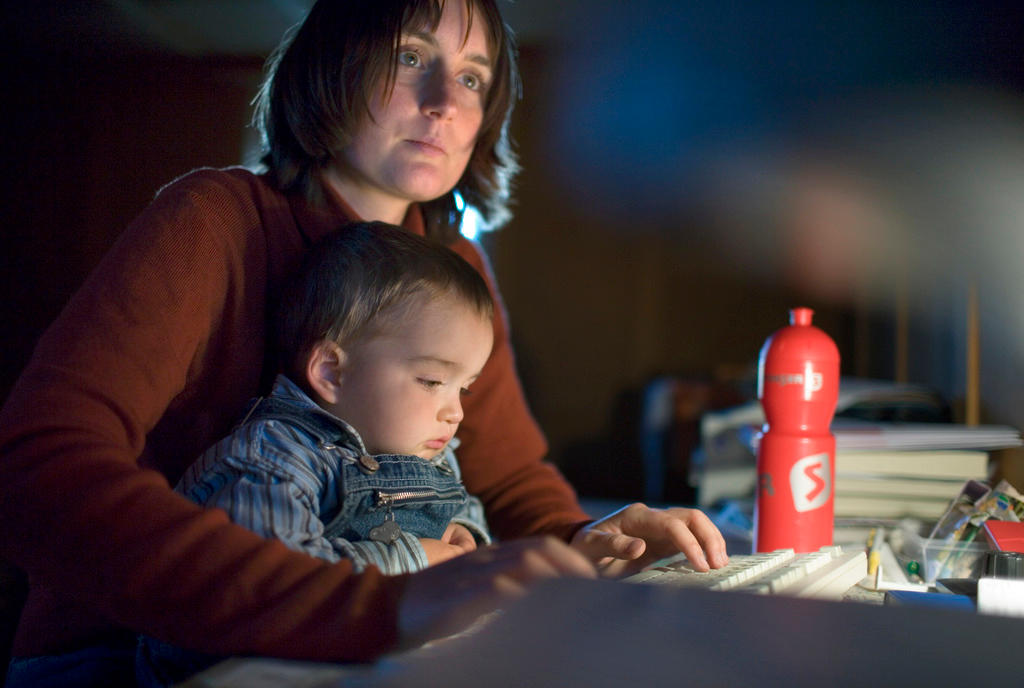
More
Mothers face double-edged sword in Swiss workplace culture

In compliance with the JTI standards
More: SWI swissinfo.ch certified by the Journalism Trust Initiative









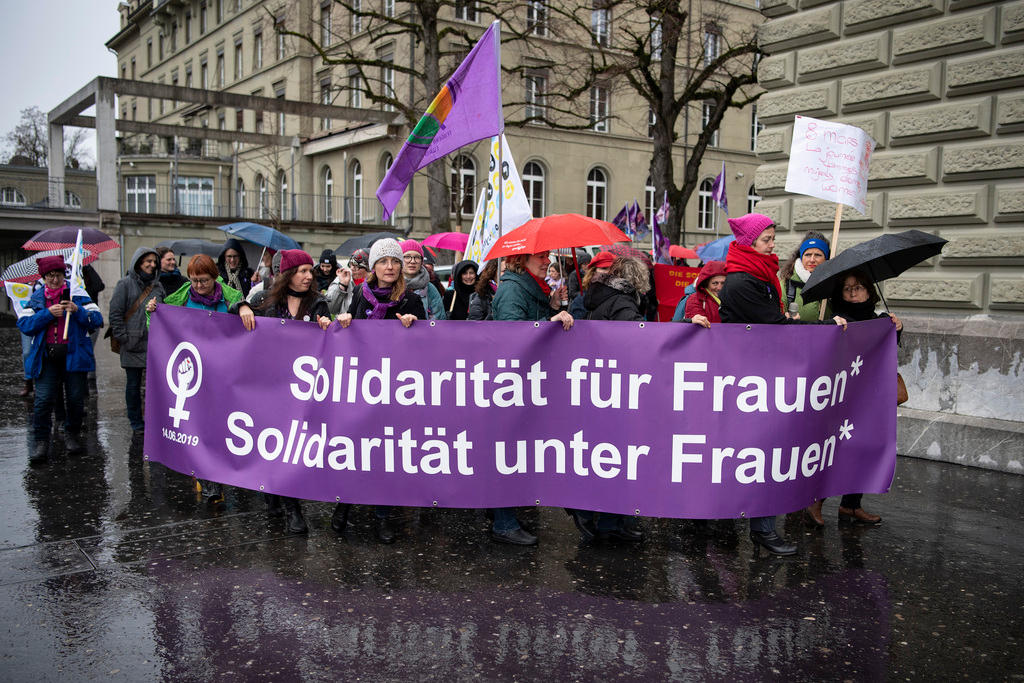
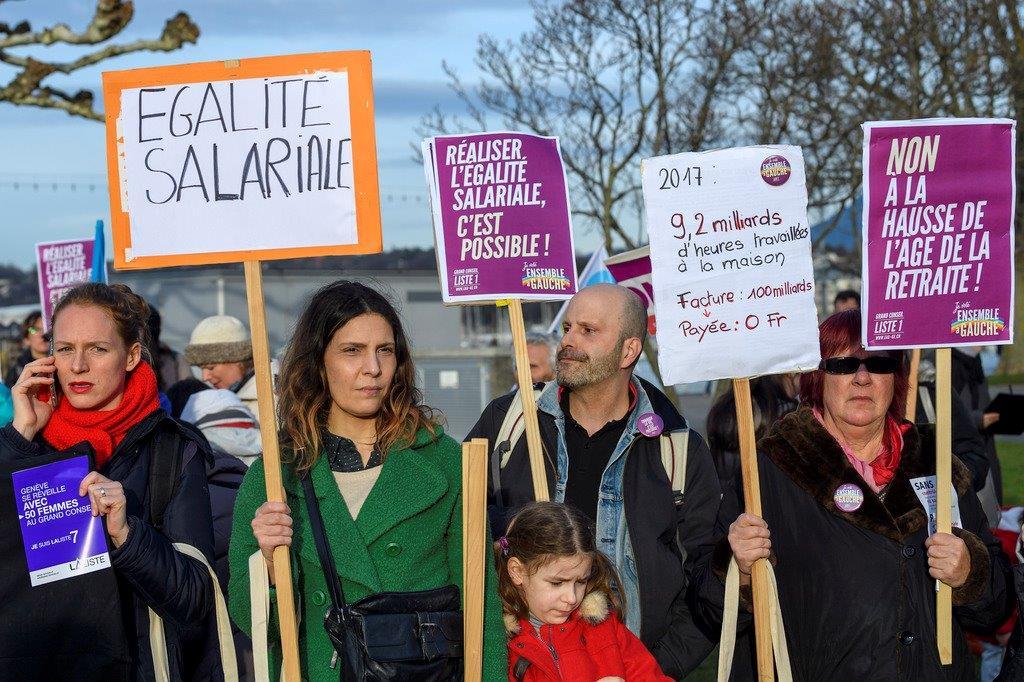
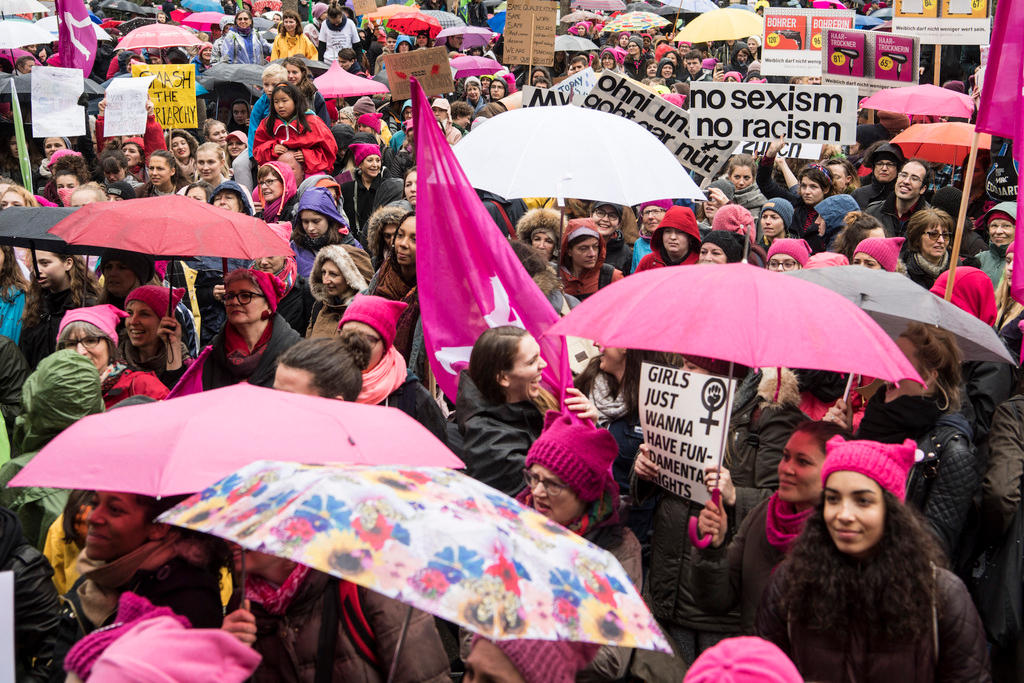
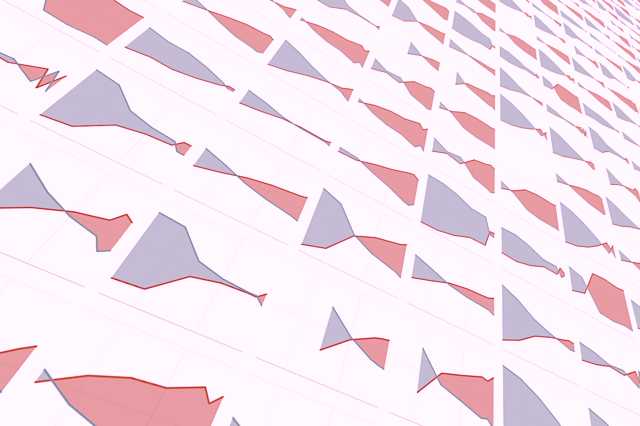
You can find an overview of ongoing debates with our journalists here . Please join us!
If you want to start a conversation about a topic raised in this article or want to report factual errors, email us at english@swissinfo.ch.